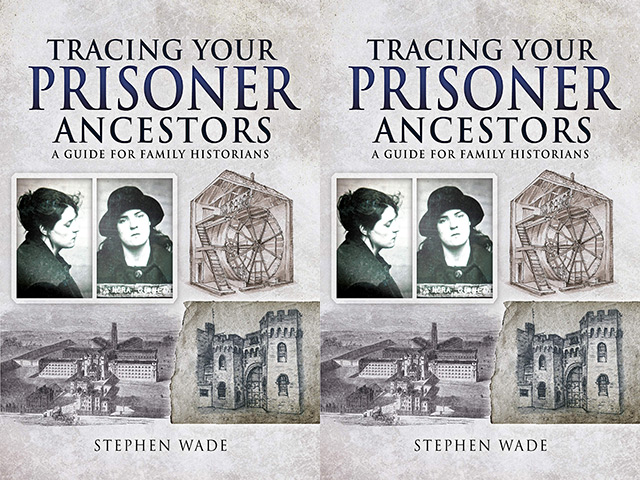Tracing Ancestry Back Through History
The Complexities of Family Tree Research
While it may seem exciting to trace one’s ancestry back as far as possible in history, the reality of genealogical research is far more nuanced. A key aspect to understand is that each individual has thousands of ancestors from past generations, and it becomes impossible to determine the lineage of all those individuals the further back in time one goes. Additionally, factors like record loss, migration patterns, and population sizes greatly impact how obtainable information is about ancestry over multiple centuries.

Challenges in Documenting Ancient Lines of Descent
As we double our number of ancestors with each generation back, the total quickly surpasses historical population levels. This means lineages from distinct individuals converge, such that virtually anyone with European heritage shares common ancestors from the Medieval period like Charlemagne. While exciting to make such connections, it does not mean detailed records exist to confirm each individual link. Significant record destruction, like that resulting from World War II in regions like Pomerania, can create “black holes” where ancestry from certain time periods and geographies becomes near impossible to resolve.
Focusing on Recent Generations with Documented Sources
Rather than becoming overly focused on tracing the furthest points in time, genealogists emphasize thoroughly researching the most recent generations where solid evidentiary sources still exist. For example, one researcher discussed the challenge of learning about his great-great-grandmother Emilie Salis, born in 1865 in an area of Poland that saw massive postwar upheaval. Solving genealogical dilemmas around documented 19th century ancestors through persistent sourcing yields more meaningful insights than loose connections to noble lineages hundreds of years prior without verification.
Access to Records Varies by Era, Region and Social Class
The further back in history one researches, the less documentation tended to be kept, especially for common people. Most peasants left little to no record as they had minimal societal power or impact in feudal systems. Record-keeping expanded after events like the Protestant Reformation in the 1500s and establishment of parish registrations, opening new avenues of investigation. However, accessibility remains uneven, with some areas and social classes still relatively undocumented depending on the prevailing customs and laws at different points in history.
Blending Records with Genetic Genealogy
While paper trails fill in some pieces of the ancestral puzzle, cutting-edge DNA analysis provides another lens. By identifying segments of DNA identical by descent across generations, geneticists can estimate when common ancestors lived for those sharing such DNA. One study found that people of European descent all descend from the same set of individuals who lived around 600-800 years ago. Such techniques corroborate the demographic modeling showing ancestral lines merge the further back one searches familial lineages.
Untangling a Complex Tapestry through Persistence
Weaving together all obtainable records, sources, traditions, and DNA evidence allows constructing the most complete ancestral narrative possible given inherent limitations. But true fulfillment comes from resolving recent generational mysteries closer to living memory. One researcher discussed satisfaction from tracing his Norwegian ancestry back over a thousand years while still aiming to decipher missing facts about a 19th century grandmother. Genealogy entails patiently untangling history’s knots, appreciating each new thread uncovered no matter how distant or recent in the extensive tapestry.
Collaborating to Fill Gaps
I’ve also spent decades researching my own family tree, reaching as far back as the 11th century in some lines while other relatives remain shadows. With over 300,000 documented ancestors worldwide, collaborating offers opportunities to fill each other’s voids. My wife’s lineage includes notable figures like Robert the Bruce, but dyslexia complicates reconstructing the full breadth of intertwining lineages without partners. Openly sharing sources allows collectively pushing boundaries where any one person’s efforts prove limited. Together, more of history’s hidden rooms brighten through cooperation.
Heritage as an Ongoing Voyage
Ultimately, genealogy offers a lifelong exploration yielding pride in one’s roots but also humility. While thrilling to map ancient routes, the greatest rewards emerge through compassionately reviving recent lives. Each new lead stimulates our curiosity about eras before recorded times. Our ancestry forms an expansive network beyond any single perspective to unravel. May its unfolding mysteries continue inspiring journeys of discovery for generations to come.
